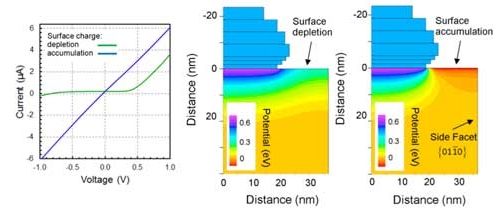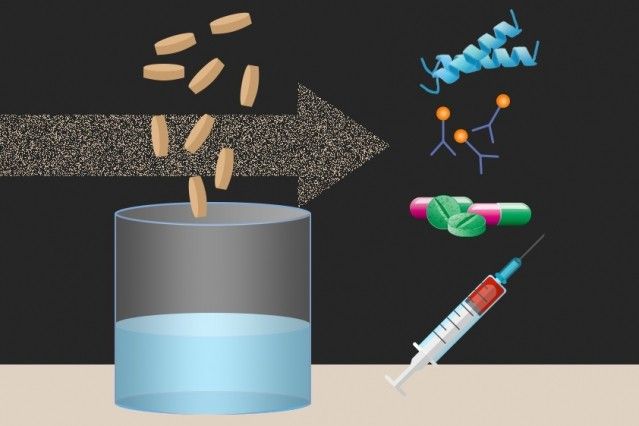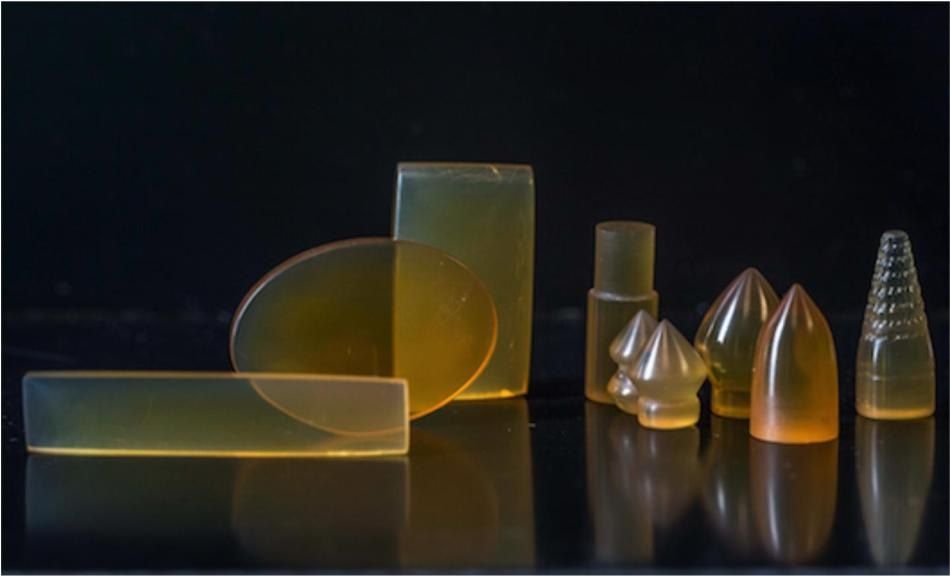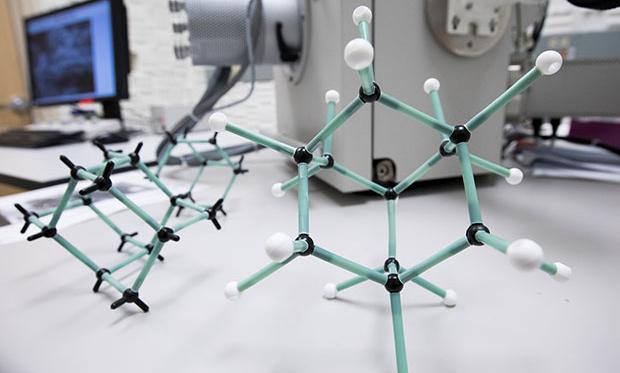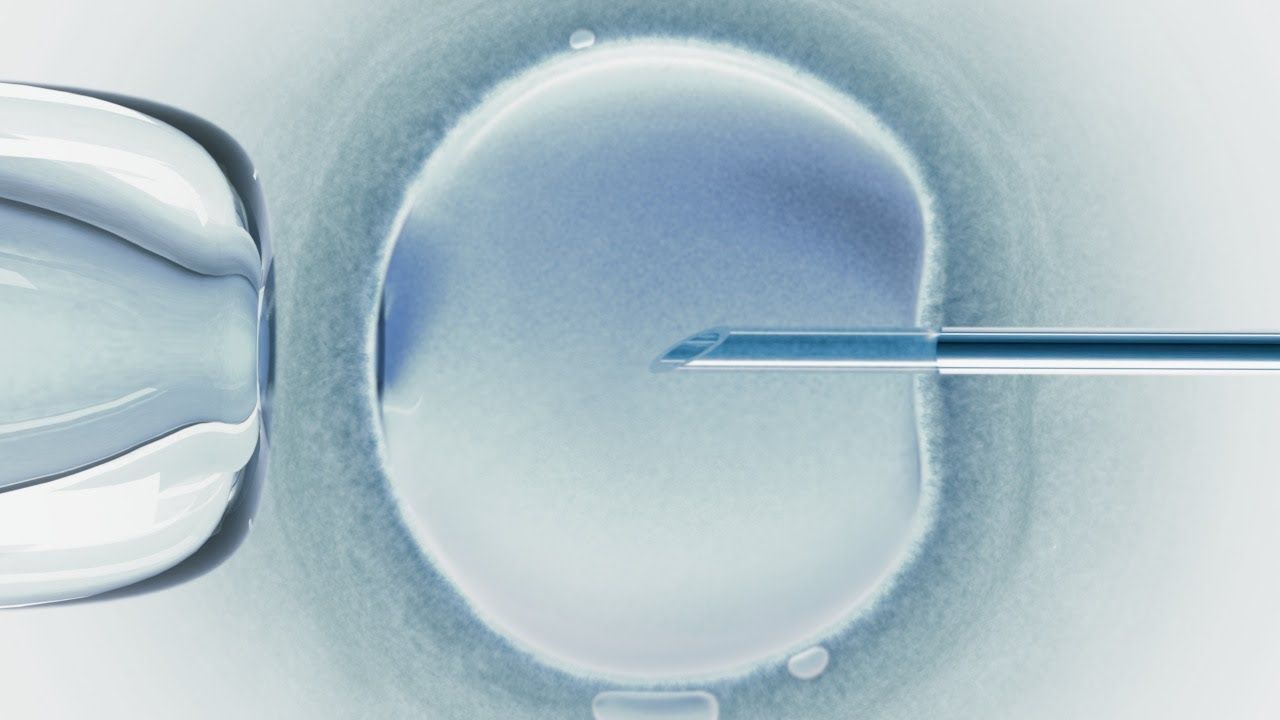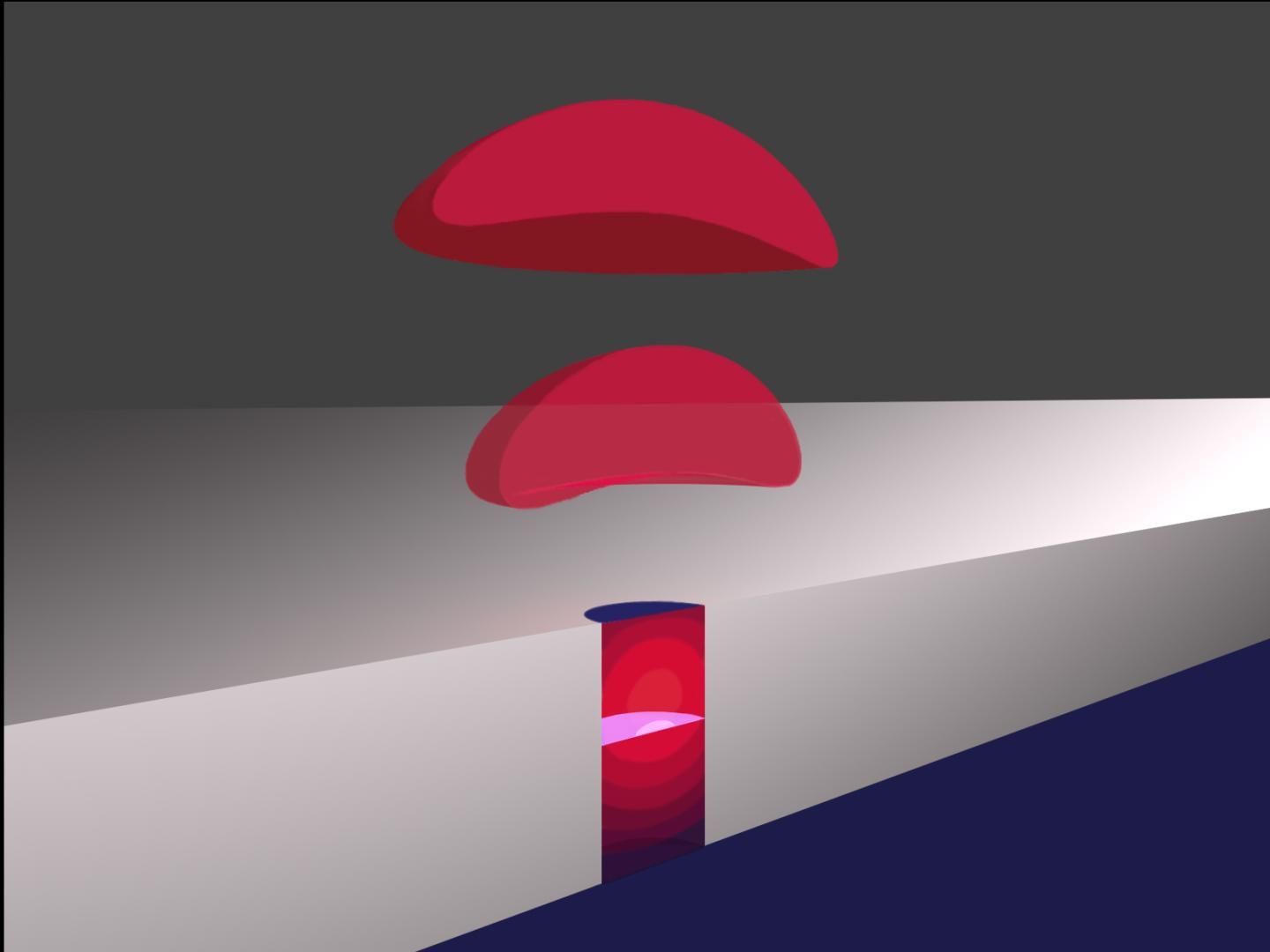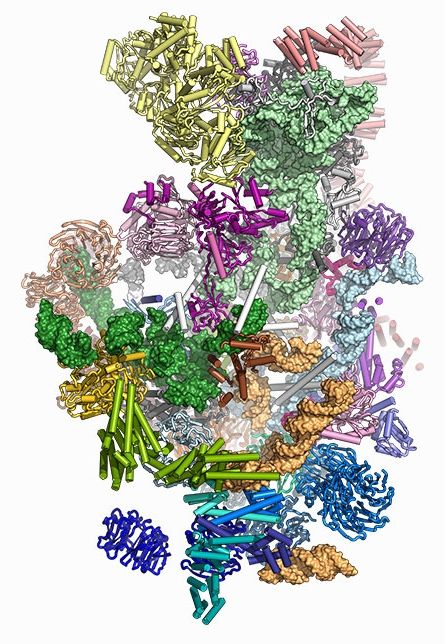
PanARMENIAN.Net — In the future, getting customized cancer treatments might just be a matter of injecting virtually invisible discs into your body, Engadget said.
University of Michigan scientists have had early success testing 10nm “nanodiscs” that teach your body to kill cancer cells. Each disc is full of neoantigens, or tumor-specific mutations, that tell your immune system’s T-cells to recognize those neoantigens and kill them. When you pair them up with immune checkpoint inhibitors (which boost the T-cells’ responses), they can not only wipe out existing tumors, but prevent them from reemerging later.
This testing has been limited to mice so far, but it’s promising. The nanodiscs took 10 days to eliminate tumors, and they shut down identical tumors when they were reinserted 70 days later. For the researchers, the big challenge right now is scaling the tests to see if they still hold up with larger animals. If the approach proves successful with humans, the days of generic cancer solutions might be limited — so long as doctors could get a sample of your cancer, they’d stand a realistic chance of eliminating the disease, Engadget said.
Read more
